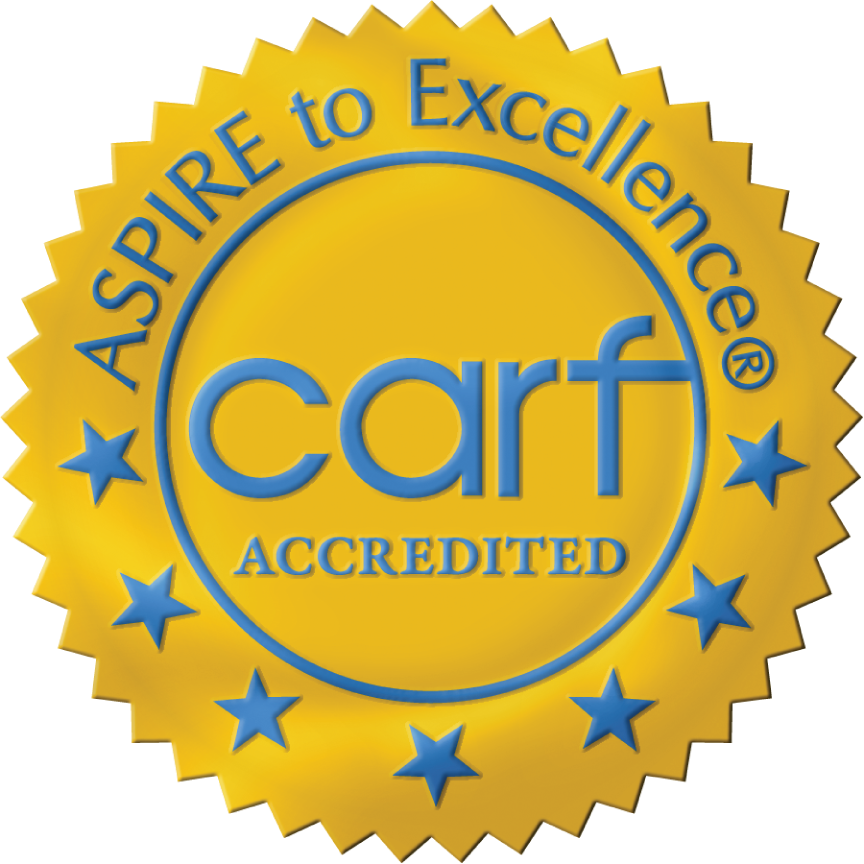
Will I Suffer Withdrawal After Treatment?
Addiction treatment is a slow, steady process of detox, withdrawal and cravings, mental health and physical recovery, and even possible relapse. It is one of the most challenging accomplishments you can achieve, but one that is well worth the effort.
In an attempt to ease the difficulties and risks of relapse associated with substance use recovery, certified treatment programs utilize medication-assisted treatment, that is, prescription medications to reduce relapse risk, curb cravings and minimize the experience of withdrawal symptoms.
What is medication-assisted treatment?
Medication-assisted treatment (MAT) is the use of FDA-approved medications – including buprenorphine, methadone and naltrexone – in recovery programs to block opioids from having their effects and lessen the intensity of withdrawal symptoms that the body experiences when substance use is stopped.
Some of these withdrawal symptoms can be highly dangerous and often lead to relapse as a result of ending these detoxed-induced illnesses; this can be life-threatening, however, in the event of overdose. The medications used in MAT help stabilize the body’s systems as they detox from the synthetic chemicals to prevent overdose and promote fuller recovery.
Some concern circles around medication-assisted treatment as drugs like methadone and buprenorphine have been linked to misuse and addiction. What is important to note is that those who have been addicted to drugs like heroin or opioids (that is, stronger, more addictive drugs than buprenorphine and methadone) are statistically unlikely to become addicted to these less potent substances.
Additionally, the FDA has approved these medications for medical use at doses and frequencies that are not linked to or capable of causing addiction – this means that those who adhere to their prescription instructions are unlikely to become addicted to them, and will not experience withdrawal from them if they follow the right guidelines for weaning off medication-assisted treatment (should the time to do so arise).
What are the benefits of medication-assisted treatment?
MAT is oftentimes a great option for individuals who are at a higher risk of experiencing withdrawal symptoms and are more likely to suffer from intense cravings. This is because MAT provides several benefits, including:
- Providing treatment options that allow the body to wean off highly potent, addictive drugs like heroin or opioids without experiencing the full effects of withdrawal, thereby increasing the success rate of addiction treatment
- Increasing the potential for recovery due to the minimized physical discomfort withdrawal is likely to cause
- Decreasing the risk of relapse – medication-assisted treatment reduces cravings and acutely painful withdrawal symptoms, the top two reasons that addictive drugs are returned in the first place
- Minimizes the risk of death as a result of relapse and accidental overdose
- Increases motivation for recovery
- Offers treatment options for those who saw little success in overcoming addiction from just talk therapy options
The benefits of MAT are numerous and can be experienced by getting in contact with an addiction treatment facility offering medication-assisted treatment programs.
What prescriptions are utilized in MAT programs?
To decide if MATt is right for you, it is helpful to understand what medications are used to give you a well-rounded idea of what options you may have. The FDA has approved medications effective for both drug and alcohol use disorder treatment.
Disulfiram
Disulfiram was the first drug approved by the FDA for treating alcohol use disorder. When mixed with alcohol it elicits nausea, vomiting, headaches and chest pains so it must be taken after a few days of sobriety have been reached. The effectiveness of disulfiram comes from the illness it causes when combined with alcohol, acting as an effective deterrent for those serious about sobriety.
Naltrexone
“Naltrexone is not an opioid, is not addictive, and does not cause withdrawal symptoms with stop of use,” according to SAMSHA. “Naltrexone blocks the euphoric and sedative effects of opioids such as heroin, morphine, and codeine. Naltrexone binds and blocks opioid receptors and reduces and suppresses opioid cravings. There is no abuse and diversion potential with naltrexone.”
Also used for the treatment of alcohol use disorder, naltrexone blocks the numbing effects of alcohol to decrease cravings and increase recovery.
Buprenorphine
Buprenorphine activates the opioid receptors in the brain very minimally while effectively benefiting patients attempting to quit opioid use by weaning the body off physical dependency on opioids. It is highly effective in reducing cravings and managing withdrawal symptoms.
Methadone
Methadone, a long-acting opioid agonist, acts slowly in the body’s system for longer, allowing the body to get over the first challenging stages of withdrawal. Methadone reduces cravings and prevents opioids from having euphoric effects on the body, and – similarly to Naltrexone – stifles desire for drug use.
Acamprosate
Acamprosate does not prevent withdrawal symptoms and is often used in later stages of alcohol use disorder treatment to prevent cravings which may cause a return to addictive behaviors and subsequent/accidental overdose.
Think MAT may benefit you?
If you have tried other forms of addiction treatment, or are looking for the chance to effectively detox and pursue recovery, medication-assisted treatment may be the right option for you. To get in touch with a program director today, contact Bluff Augusta by calling our offices at [phone_linked] or by contacting us online anytime.








